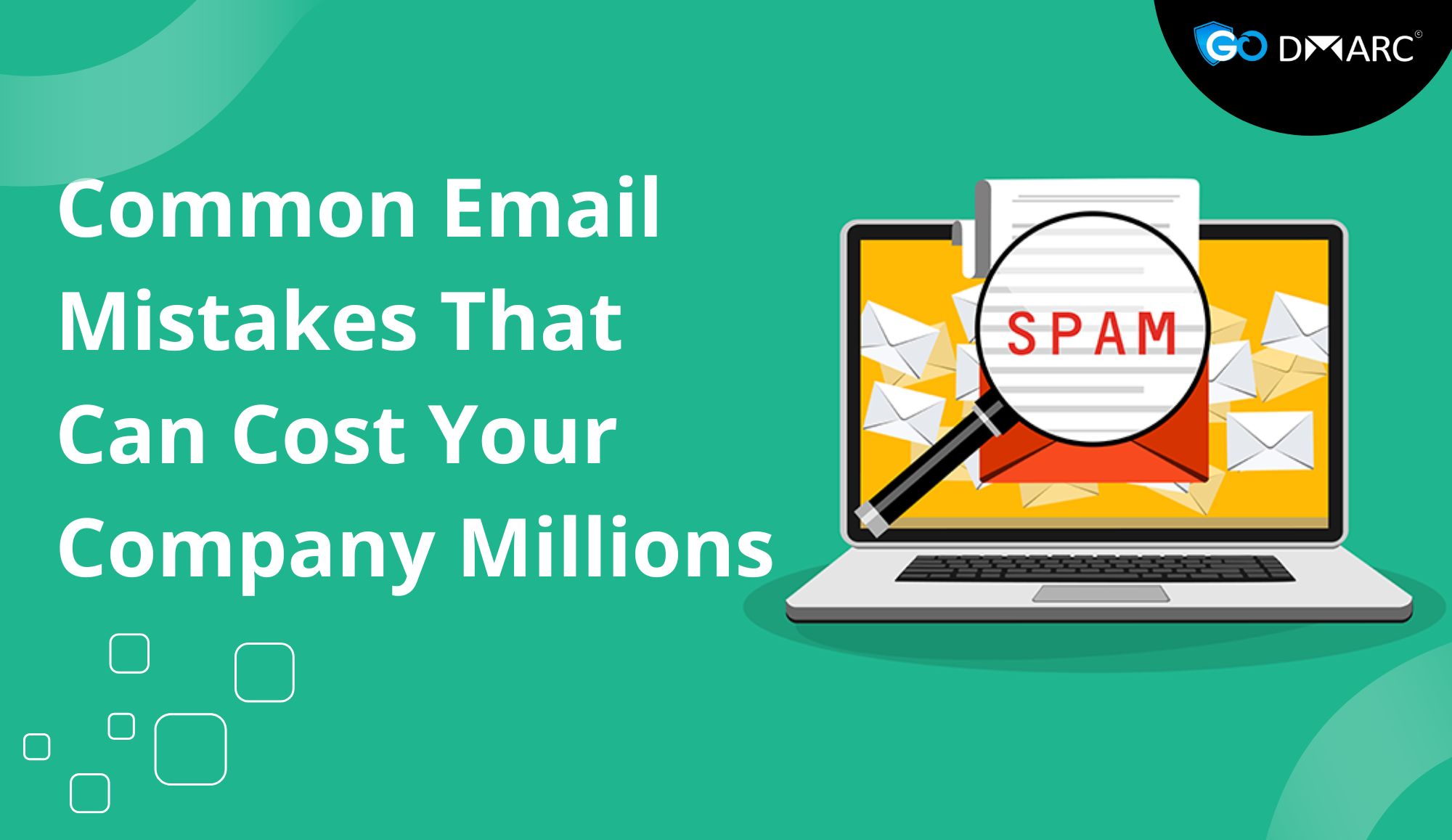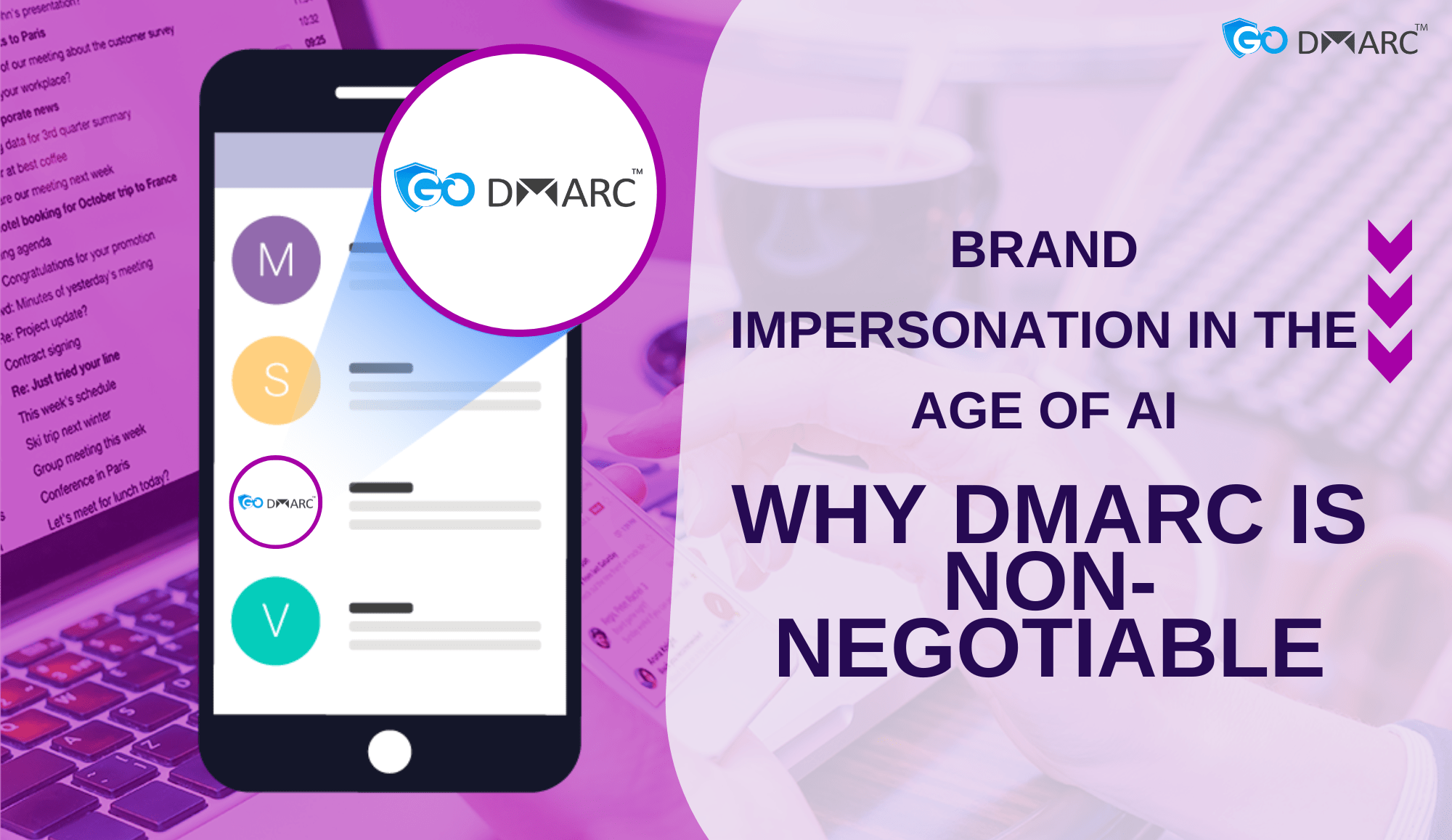In 2025, email security isn’t just an IT concern; it’s a business essential. With Gmail and Outlook stepping up their game by enforcing stricter email authentication rules, organizations are feeling the pressure to fortify their domains. This shift puts DMARC at the forefront of modern email defense, turning what was once a “nice-to-have” into a non-negotiable.
So, what’s driving this change, and how can you adapt without getting left behind? Let’s break it down.
The New Email Reality: Stricter Filters, Higher Stakes
Email service providers (ESPs) like Gmail and Outlook are evolving. To protect their users from phishing, spoofing, and spam, they now require senders, especially bulk emailers, to follow strict authentication protocols.
The most notable changes include:
- Mandatory alignment with SPF or DKIM
- Enforced policies via DMARC (Domain-based Message Authentication, Reporting & Conformance)
- Emails without authentication are increasingly filtered to spam, or worse, rejected entirely
These policy changes are a direct response to the rising tide of cyber threats powered by AI and phishing-as-a-service kits. The goal? Build a safer inbox.
Why DMARC Matters More Than Ever?
DMARC is no longer just a security feature; it’s a critical business tool. It gives domain owners control over which messages are considered legitimate and instructs ESPs on what to do with unauthenticated emails.
With DMARC, you can:
- Prevent your brand from being impersonated
- Boost email deliverability
- Build trust with your customers and vendors
- Receive actionable reports on authentication failures
In short, a well-configured dmarc policy does more than protect; it powers credibility.
Common Challenges with DMARC Implementation
Even though DMARC is crucial, many organizations struggle with proper implementation. Here’s why:
- Lack of technical know-how: Understanding the interaction between SPF, DKIM, and DMARC can be confusing.
- Fear of rejecting valid emails: Businesses worry that misconfigured records will block real messages.
- Difficulty analyzing reports: DMARC reports are detailed but not user-friendly out of the box.
Fortunately, there are tools that make it easier to deploy and monitor your records. For instance, using a dmarc checker can help you quickly identify if your domain is protected or vulnerable.
What Gmail & Outlook Expect from You
Both Gmail and Outlook have laid out clear expectations for high-volume senders:
- Implement a DMARC record with at least a “p=none” policy
- Ensure alignment with either SPF or DKIM
- Use a valid sending domain, not a free or shared one
- Include a one-click unsubscribe link
- Maintain low spam complaint rates
These aren’t suggestions, they’re the new standard. If you’re not compliant, your messages will land in the junk folder or be rejected altogether.
That’s where a dmarc check becomes critical. It helps you confirm whether your configuration aligns with these requirements and flags issues that need fixing.
How to Start: From Confusion to Compliance
Getting started with DMARC doesn’t have to be complicated. Here’s a simplified roadmap:
- Use a DMARC generator: Start by creating your DMARC record. Many platforms offer easy-to-use tools that build the right syntax for your needs.
- Publish to DNS: Add the record to your domain’s DNS settings.
- Monitor with reports: Review the aggregate reports sent by receiving servers to understand how your domain is performing.
- Adjust your policy: Begin with p=none, and once you’re confident, move to quarantine or reject for stronger enforcement.
- Use a DMARC lookup tool: Regularly verify that your records are active, correct, and doing their job.
This structured approach takes the guesswork out and ensures you stay compliant with Gmail and Outlook’s evolving standards.
The Business Impact of Getting It Right
DMARC is about more than just security. It’s about customer trust, email ROI, and brand reputation. Here’s what you gain with the right setup:
✅ Higher email deliverability
✅ Protection against spoofing and phishing
✅ Better insights through reporting
✅ Compliance with top ESPs’ policies
And if you’re using email for marketing, customer service, or internal communications, these benefits translate directly to performance and peace of mind.
Final Thoughts!
In today’s digital landscape, trust is everything, and inboxes are under siege. Gmail and Outlook are raising the bar for email senders, and DMARC is your ticket to staying in the game.
Whether you’re running a small business or managing enterprise infrastructure, the time to act is now. Don’t wait for a phishing attack or a drop in deliverability to take DMARC seriously.
The age of secure email has arrived. Will your brand be ready?




